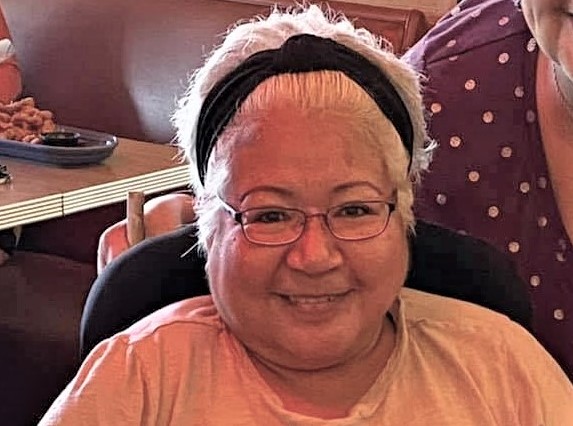We know our cultural norms and we know the cultural norms of the larger society. But I wonder, when are they going to learn ours? – Anita Evans, retired middle school administrator
Learning Cultural Norms
Louder and More Animated Does Not Mean More Dangerous
Anita Evans is a Black retired middle school administrator living in San Antonio, Texas. During her career in a predominantly White school district near Atlanta, she was sometimes called to serve as the intermediary between White teachers and Black students.
Once, several indignant middle schoolers approached her after they were written up for fighting in school.
“They were talking loudly, they were being argumentative, but in their (our) culture, they were not fighting,” said Evans. “Black folks can be loud, they can be indignant loud, they can be animated in terms of waving their arms or putting their hands on their hips or shaking their head. It’s not a fight, it’s not a tell, it’s not a precursor to a fight, it’s how they manage their behaviors with each other.”
This cultural misunderstanding is not limited to Black children. Deaf people with brown skin also report being treated differently by police and others because of having larger, more animated signs, according to Jasmine Garcia-Freeland, SAFE Deaf SHARE advocate/educator.
“We know our cultural norms and we know the cultural norms of the larger society,” Evans points out. “But I wonder, when are they going to learn ours?”
Cultural norms: A matter of respect
As an example of cultural respect, Evans recommends not calling Black or Latino parents by their first name unless they invite you to. There is more formality of address in those cultures. “Black folks and Hispanics are very respectful of titles, and White folks aren’t. They’re the majority, so they’re not so steeped in, ‘Show me my respect by speaking my title.’ To us, it’s a sign of disrespect not to recognize our titles.”
Black and Latino children are more likely to keep their eyes down when they are being chastised, are afraid, or are talking to authority figures. White teachers commonly want children to look at them when they are talking, as a matter of respect. But in their cultures, a sign of respect is to lower their eyes. ”That’s a big cultural norm that a lot of European Americans don’t get,” she said.
In Mexican and Mexican-American culture, many people believe in magical healing, rituals, and ancient remedies, said Renee Lopez, Austin disability and social justice activist. Traditional healers—curanderos and sobadores—are often working in the community, found only through word of mouth. Lopez said this practice is often viewed as silly, old fashioned and dismissed as voodoo, and might even be viewed as child neglect or abuse for not providing proper medical care. However, many Mexican Americans believe these healers provide proper medical care. And there is more trust placed on these community healers than the doctor's in white coats.
The problem with compliance
Many Mexican-American adults who are dealing with people of authority may be too afraid disagree, and may say yes to anything, even questions they don’t understand. It may be difficult for them to admit that they need clarification. Ask questions that need detail and not just yes or no answers, recommended Lopez. Ask people to share what they heard you say, if you think they might not have understood. If it is true, assure them that they are not in trouble, they are safe with you right now, and that you have no plans to take their child or cause them to be deported, Lopez said.






